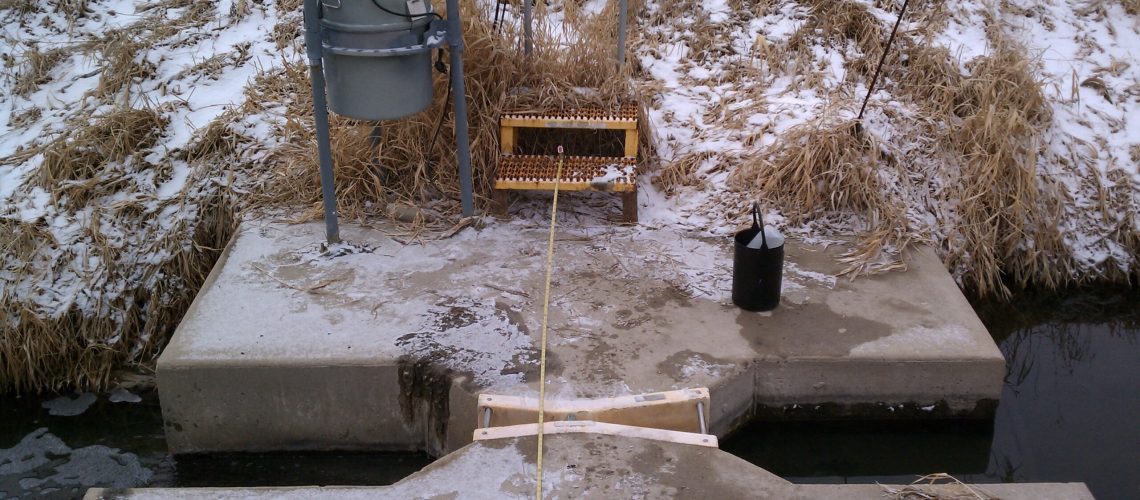Flow channel measurement is necessary in just about every environment, and that includes cold climates. Unfortunately, the cold can add an entirely new set of challenges to overcome when you’re trying to take accurate flow rate measurements with flumes. These challenges are easily conquered, however, when you know what to look out for. Learn about the most common problems with cold weather flows, and discover how you can ensure that you’re getting accurate measurements.
Icy Blockage
If you have an outdoor flume, the most common problem in cold climates is snow and ice blockage. This is simply the buildup of snow and ice in a flume channel. There’s no way to really prevent this other than by building a shelter over the flume without compromising the path, and even that may not prevent ice. You’ll have to manually remove the ice and snow regularly throughout the colder months. Just make sure you don’t damage the flow surfaces during the removal process, as their strict dimensions need to be maintained.
Frost Heave
Digging up snow and ice out of a flume won’t do your measurement efforts much good if they’re thwarted by frost heave. Frost heave involves the ground itself moving in response to temperature changes, and when the ground around your flume moves, it could be knocked out of position causing a misalignment. To counteract this, you’ll need to install oversized footings or an increased number of footings. Alternatively, you can use coarse-fill soil bags to prevent the ground around the flume from swelling in the cold weather.
Settling
Settling doesn’t typically occur during the winter, but the only reason it occurs at all is because of cold weather. During the springtime when the ground around your flume is thawing, the soil can move out of its standard position. While this can technically occur at any time throughout the year, the absence of frost and cold factors in the soil is typically the catalyst for such an event. The solution is similar to that for frost heave. If the settling causes a flow bypass, however, you’ll need more extensive maintenance efforts to fix the issue.
Katabatic Winds
Katabatic winds are only a problem in certain flow channel conditions. If your flow’s upstream conditions consist of some serious downward slopes, katabatic winds can cause problems as you approach the end of winter. These winds are fast-moving, and this movement generates significant friction with the ground. In turn, this friction generates heat that causes the surrounding snow and ice to melt and enter the flow as liquid water. When this extra bit of water reaches your flume, it might be too much flow for the flume to handle. You’ll need to alter the upstream conditions to account for this increased flow if katabatic winds become a problem.
Prepare a Winter Flume With Tracom
You know how to avoid the common problems with cold weather flows, so now all that’s left is making sure your flume is prepared for the winter. At Tracom, we can help you condition the flow and secure your flume as needed, or set you up with a brand new custom flume. Contact us today to get started!



